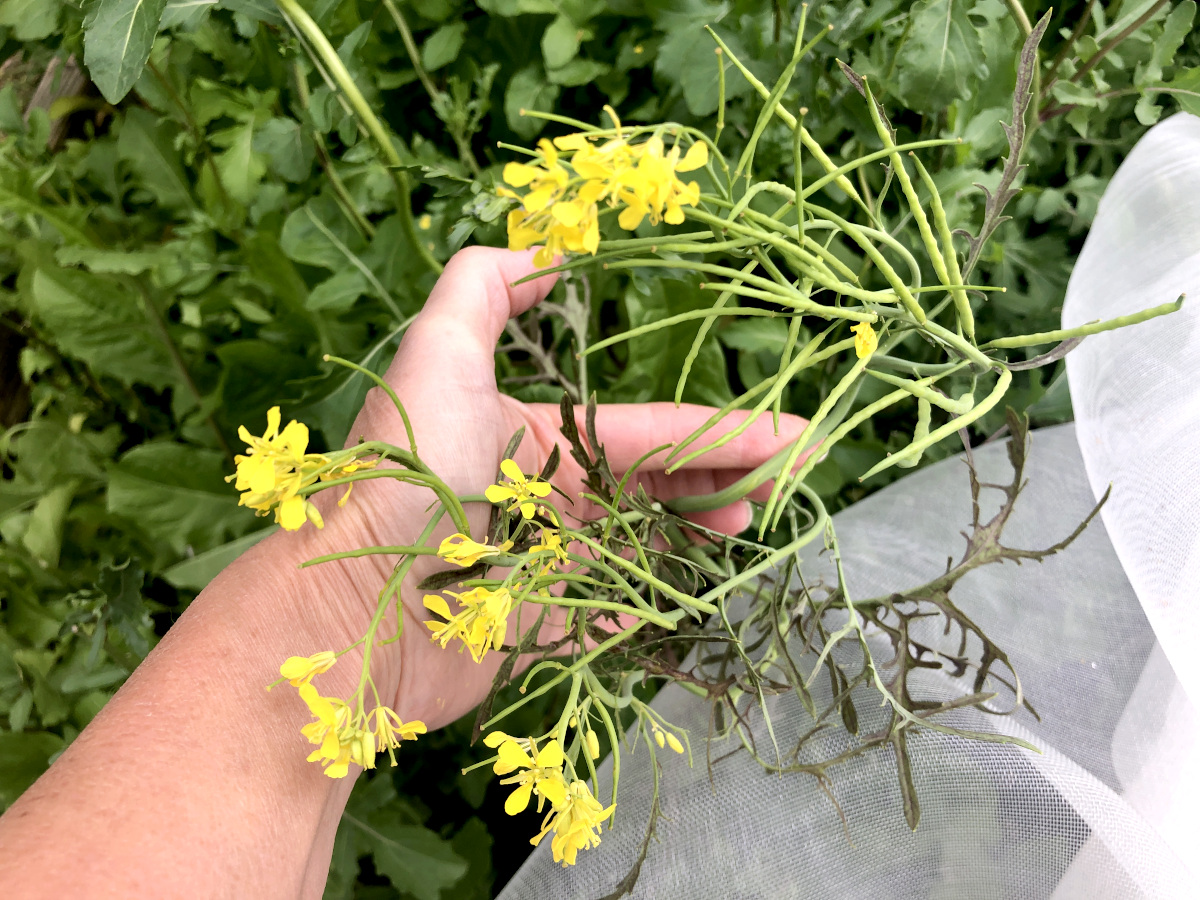It is very easy to prevent plants from bolting with just a little bit of planning ahead. To prevent bolting, plan to plant each vegetable at the right time. Plan to sow and grow cool-weather vegetables and herbs when the weather temperatures are still cool and stay cool. It is easier to prevent bolting than to reverse it.
When plants start to bolt you can do two things. One is to let them bolt, go to flower and then go to seed. Let the seed pods mature and dry on the plant, then harvest them and sow them to get more plants. Or, you can snip the bolting stem which is about to flower to temporarily reverse the process of bolting. Some plants will resume growing after their bolting flower buds are clipped off.
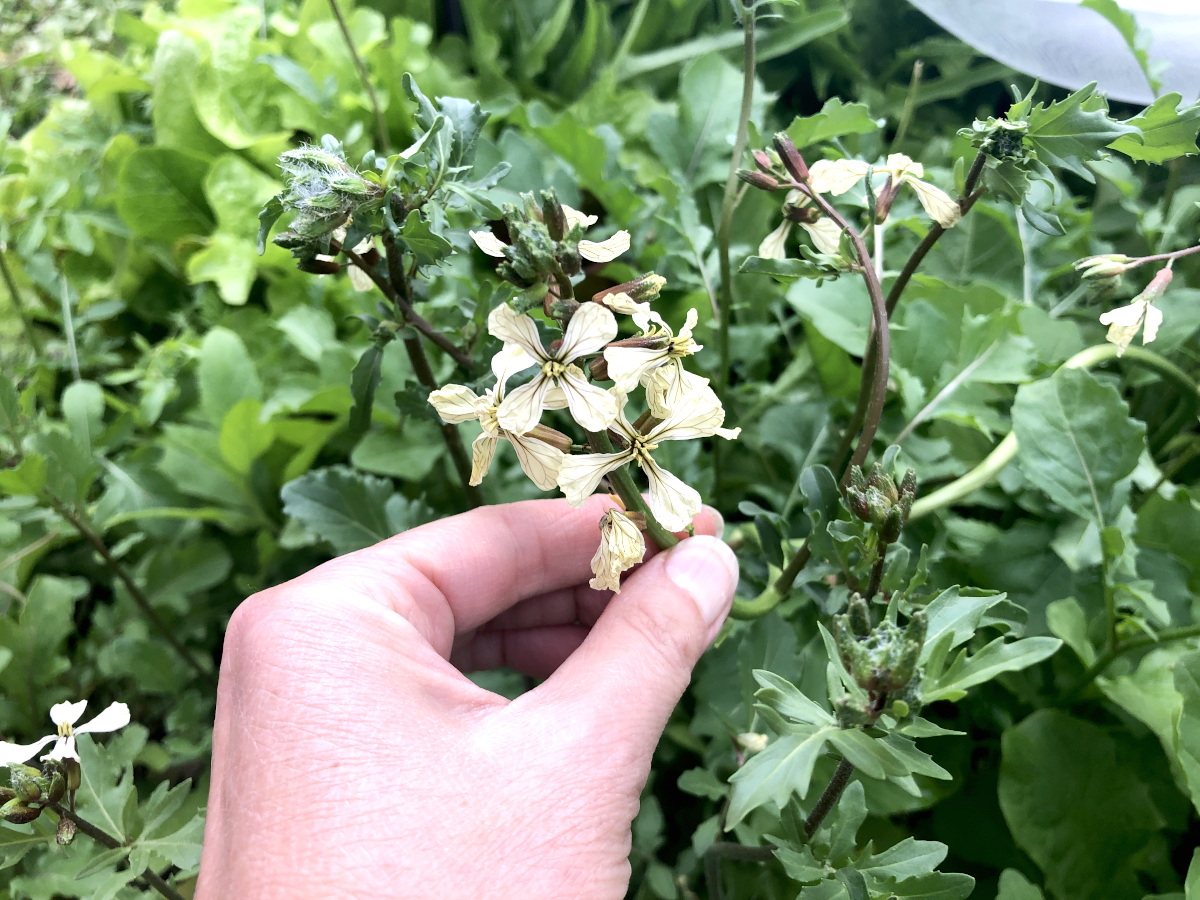
Most vegetables and herbs that tend to bolt are cool-weather crops. To prevent bolting, I start most of my cool-weather indoors or direct seed well before the last frost date. Most cool-weather crops can be planted outdoors a couple of weeks before the danger of the last frost passed.
Plan ahead and grow cool-weather crops prone to bolting when the weather temperatures are right. Most cool-weather veggies like temperatures somewhere between 55F-75F, depending on the variety.
A GOOD READ: Most popular cool-weather crops for home gardens
What is bolting?
Bolting means that the plant is producing a flowering stem which will flower and then produce seed.
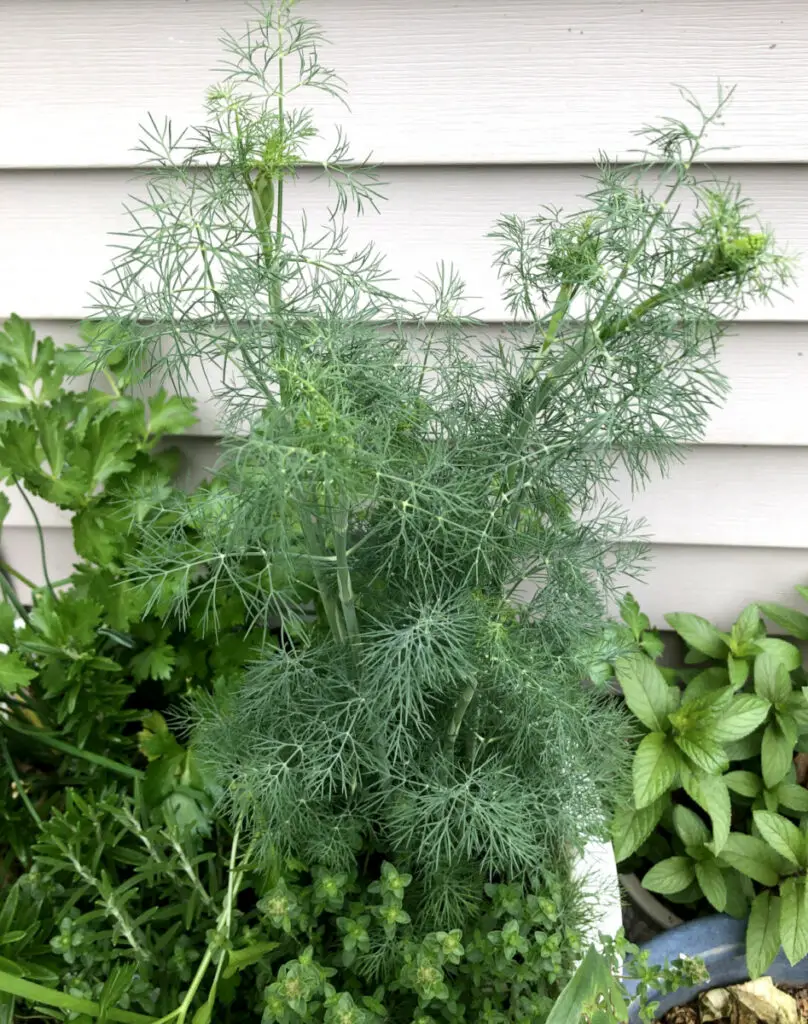
Why is a plant bolting?
Plant bolts after it goes through stress caused by temperatures, changes in day length, or other factors that cause the plant to grow a flowering stem. During the prolonged stress period, the plant sends all its energy into producing the flowers and then the seeds to preserve its species. It refocuses the energy from growing into producing seeds to survive its kind.
Most plants bolt when the temperatures are above or below their tolerance. For example, cilantro is a cool-weather herb, and when the temperatures get warm for a prolonged period, even if it’s only a couple of days, it gets stressed and starts to bolt.
How to prevent bolting
Bolting can be prevented by planting each plant when the temperatures are right for that specific plant. Plant cool-weather crops when the weather temperatures are still cool. Plant warm-weather crops when the temperature is warm enough to accommodate the needs of the plant and not to stress it. Prevent bolting by planting cool-weather like lettuce and herbs in a shadier place so they get cooled down by the shade to produce rather than bolt.
Can you save a plant that has bolted?
Some plants like cilantro, and basil, can be temporarily saved from bolting by snipping off the flowering stem. Snipping off the flowering stem will help the plant switch its energy back to growing. Other plants like Chinese cabbage, for example, cannot be saved from bolting.
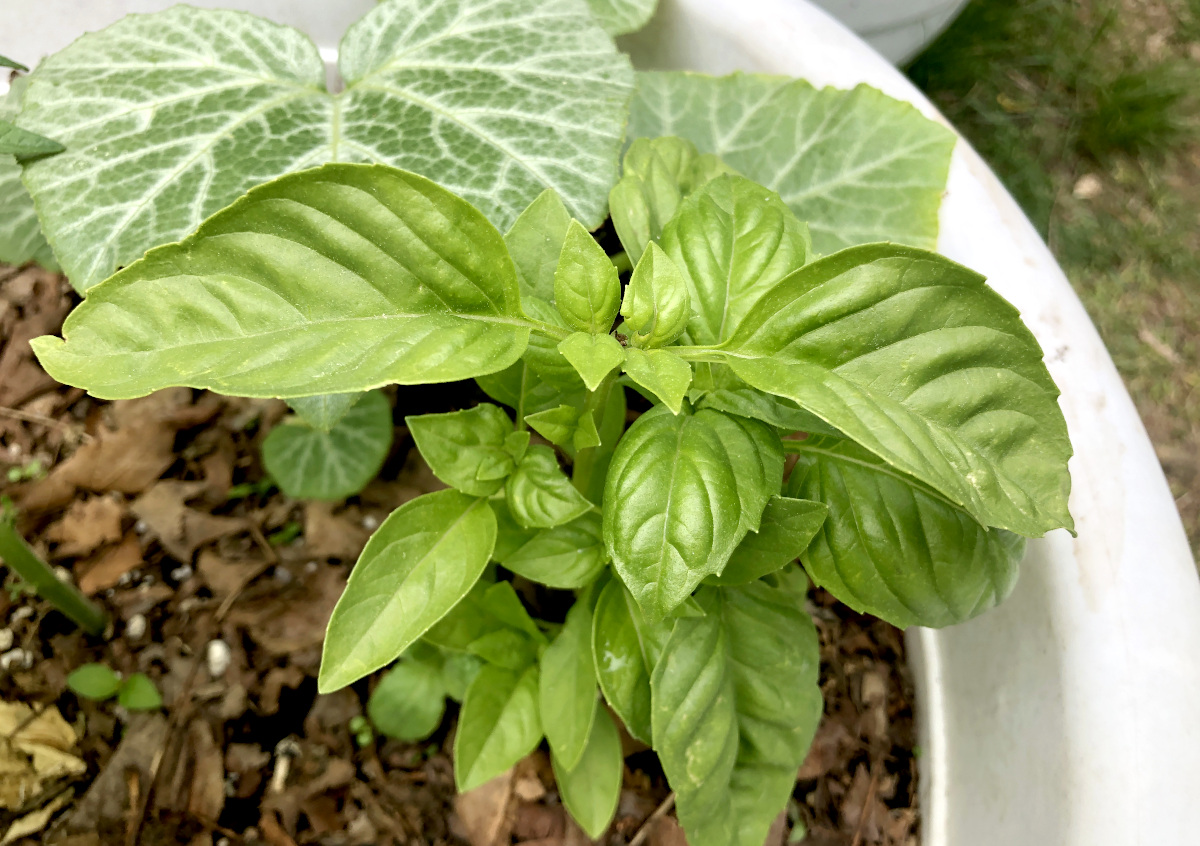
Here in my growing zone 6, we have cold, long winters and a very short period of spring before temperatures jump above 75F. Most of my cilantro, arugula, Chinese cabbage, and dill bolt by the end of spring. While Chinese cabbage is totally lost at least I save the seeds from it.
As for other plants, I simply clip off the bolting stems that produce flowers and let them continue growing. Plants like cilantro, dill, and arugula continue producing after being clipped. I would say that if you harvest aggressively and clip off the bolting stem, the plants will usually bounce back and produce again for couple more weeks.
What does a bolted plant look like?
The bolting plant has a sudden upward growth which produces flower buds along the upward stem or on top of the stem.
TIP: If you do not have enough flowers to attract more pollinators into your garden, then let some of the plants bolt and produce flowers. Bees like broccoli flowers and other flowers from bolting plants. Those bolting can become magnets for pollinators.
A GOOD READ: What is the easiest food crop to grow?
Can you harvest after bolting?
Once the plant bolts, you can still harvest the leaves or the fruit, but the taste and texture might be influenced by bolting. The taste might be bitter or peppery and the texture woody or stringy.
Is bolting good or bad?
Bolting is good if you plan to collect the seeds from the plant. However, bolting is bad if you plan to collect yield but instead, the plant grows seeds.
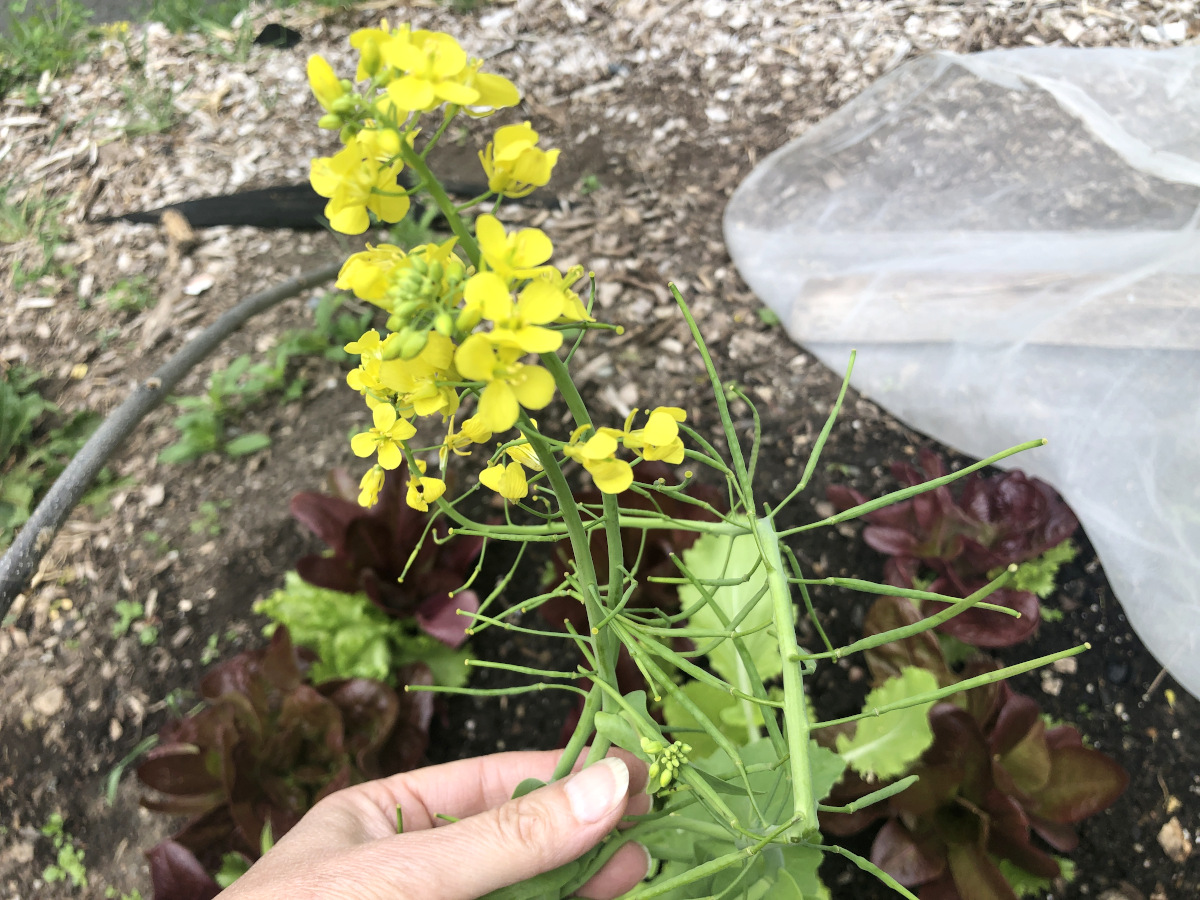
TIP: I let a couple of my plants bolt on purpose, as I plan to collect seeds from them. For example, I have a beautiful broccoli and cauliflower producing just now, as I write this. I am planning to let 1 broccoli head and 1 cauliflower head go flower so I can collect seeds later on. I am not planning on buying broccoli and cauliflower seeds next year as I will have my own that my own garden will produce. These seeds will be already well adjusted to my soil and climate and thus, should do well for me again in the future.
In the same manner, I collect cilantro seeds, dill, lettuce, arugula, Chinese cabbage, basil, and radish seeds. Next year, there is less for me to spend on buying seeds.
What plants are prone to bolting?
Heat-sensitive vegetables like leafy greens including lettuce, spinach, brassicas, including broccoli, cauliflower, bok choy, and herbs such as cilantro, basil, and dill are prone to bolt when they go through the temperatures stress.
